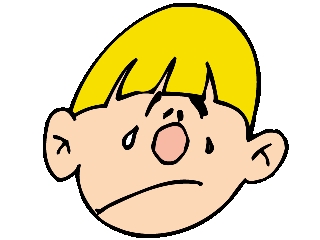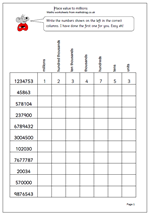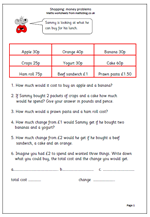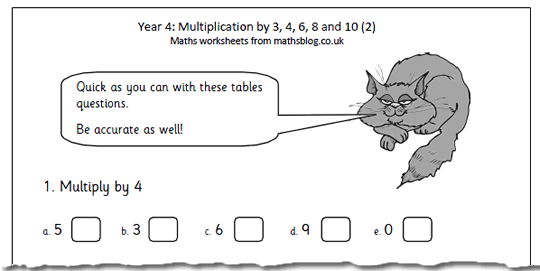 We seem to be sliding back into a bygone age with Mr Gove’s latest maths education proposals. Firstly we have ‘new’ terms for subject areas. Shape has become Geometry, even for year 1 and Handling Data has become Statistics. Tables have to be learned up to 12 x 12, although I thought we had got rid of 12 pennies in a shilling some little time ago. Of course Roman numerals now play an important part, both in Number and Time and the term ‘Roman numeral’ is stated in the Statutory requirements approximately the same number of times as the term ‘decimal’. Generally targets have become harder.
We seem to be sliding back into a bygone age with Mr Gove’s latest maths education proposals. Firstly we have ‘new’ terms for subject areas. Shape has become Geometry, even for year 1 and Handling Data has become Statistics. Tables have to be learned up to 12 x 12, although I thought we had got rid of 12 pennies in a shilling some little time ago. Of course Roman numerals now play an important part, both in Number and Time and the term ‘Roman numeral’ is stated in the Statutory requirements approximately the same number of times as the term ‘decimal’. Generally targets have become harder.
The whole premise seems to be that by making the subject harder for young children it will raise standards. Naturally, some more formal testing will also be brought in to make sure everyone knows who the failures are at the age of 5. All this to make sure that we can compete with children from our more successful European rivals, many of whom don’t start school until they are 7.
Oh well. Let’s all enjoy this lovely summer! I will be looking at these new requirements in more detail in the autumn, but as a document it is a very poor relation indeed to the original Primary Framework of 1999. Dull, lifeless and uninspiring and just three terms which come to mind.
Month: July 2013
Place value to millions
 Many children find reading large numbers very difficult, as indeed do many adults. This is a very simple page which looks at reading larger numbers up to millions. If nothing else it should help children realise that they need to start with hundreds tens and units and the the next three columns are then repeated but in thousands. A common error is to start trying to read a very large number from the largest digit when this can often just be a guess.
Many children find reading large numbers very difficult, as indeed do many adults. This is a very simple page which looks at reading larger numbers up to millions. If nothing else it should help children realise that they need to start with hundreds tens and units and the the next three columns are then repeated but in thousands. A common error is to start trying to read a very large number from the largest digit when this can often just be a guess.
Working in blocks of three:
123 456 789
789 hundreds tens units
456 hundreds tens units of thousands
123 hundreds tens units of millions
so the number is 123 million 456 thousand and 789.
Easy!
Revising times tables in Year 4
What have we got today? It’s the second in our multiplying by 3, 4, 6, 8 and 10 worksheets, suitable for year 4 children or those who are beginning to know their tables.
The best way to learn tables is to recite them out loud eg ‘4 times 3 is 12, then shorten it to, ‘4 3s are 12’, with the ultimate aim of being able to say the product for any two single digits without having to work it out.
During the process of learning times tables plenty of practice is needed and how well they have been learned can be seen by how quickly the page is correctly answered.
Year 3 money problems: packed lunch
 By year 3 children will be well acquainted with the pound and pence signs and should know that there are 100 pence in a pound. They should also be familiar with the way that we show money in pounds e.g. £2.34 where the decimal point separates whole pounds from pence and that the digits in first column after the pound sign represent 10ps and the second digit represents single pence.
By year 3 children will be well acquainted with the pound and pence signs and should know that there are 100 pence in a pound. They should also be familiar with the way that we show money in pounds e.g. £2.34 where the decimal point separates whole pounds from pence and that the digits in first column after the pound sign represent 10ps and the second digit represents single pence.
This worksheet looks at some simple addition of money using both pounds and pence and involves working out answers using more than one operation or process; this always makes it harder.
